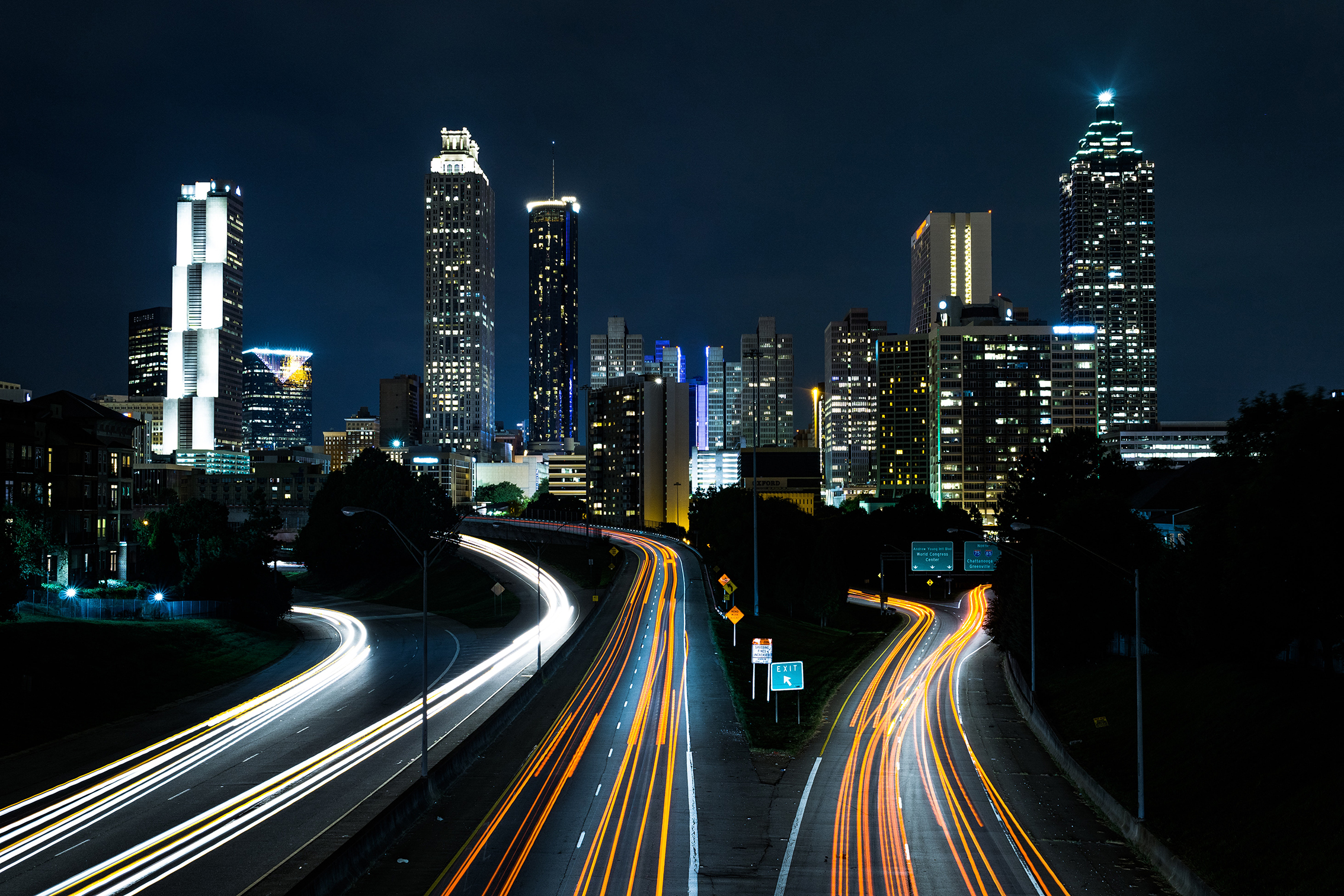Create professional long-exposure shots after dark with these 10 tips
Keep this pro advice in mind when you set out to capture light trails and more

With long exposure photography, movement is captured stylishly, offering an expanded view of the ordinary and showing something that cannot be viewed with the naked eye.
Even the most advanced camera technology can not produce these images alone, and the photographer must have the right knowledge, equipment and, hopefully, a trick or two up their sleeves. With these things, you will be able to get the most out of the camera’s long shutter speeds and create magical images.
10 pro tips for long exposures
1. Reduce vibrations - To minimize camera movement, always remember to pack your tripod and remote shutter release before you head out to shoot with long shutter speeds.
2. Think wide - Wide angle lenses are ideal as they capture more of the surroundings, making it easier to work out the long exposure characteristics.
3. Extend shutter speed - Make use of ND filters to increase the exposure times without the risk of overexposing specific elements in your shot.
4. Explore the scene - When shooting in low lighting conditions, it’s always best to check your location and familiarise yourself with the surroundings, especially before it gets too dark.
5. Compose freely - Try out different handheld views for the maximum flexibility in composing your shot. Secure your camera on a tripod afterwards.
The best camera deals, reviews, product advice, and unmissable photography news, direct to your inbox!
6. Analyze movements - Observe your scene and pay attention to the direction from which the movement appears in front of your lens. That way you can enhance the effect of movement.
7. Create interplays - Shoot both the soft and hard elements in the frame next to each other to create visual contrasts and bring out the special features of long-exposure images.
8. Save time - Start by shooting at faster shutter speeds and higher ISO values. Then lower the ISO settings by one stop and double the exposure time until you find the right settings.
9. Combine knowledge - When you want to take creative shots that stand out, then forget all the rules. When using technical methods, be smart and think outside the box.
10. Stay patient - Creating long exposure shots according to specific visual ideas can take a long time. Be open to other photographic outcomes – sometimes they are the best.
Whether you're a part-time amateur or a full-time professional, Digital Photographer aims to challenge and motivate you to take your best shots. Our in-depth features are designed to take your photography to the next level - and this is a great gift for anyone who wants more inspiration for their picture taking.

Kim is a photographer, editor and writer with work published internationally. She holds a Master's degree in Photography and Media and was formerly Technique Editor at Digital Photographer, focusing on the art and science of photography. Blending technical expertise with visual insight, Kim explores photography's time-honored yet ever-evolving role in culture. Through her features, tutorials, and gear reviews, she aims to encourage readers to explore the medium more deeply and embrace its full creative potential.

